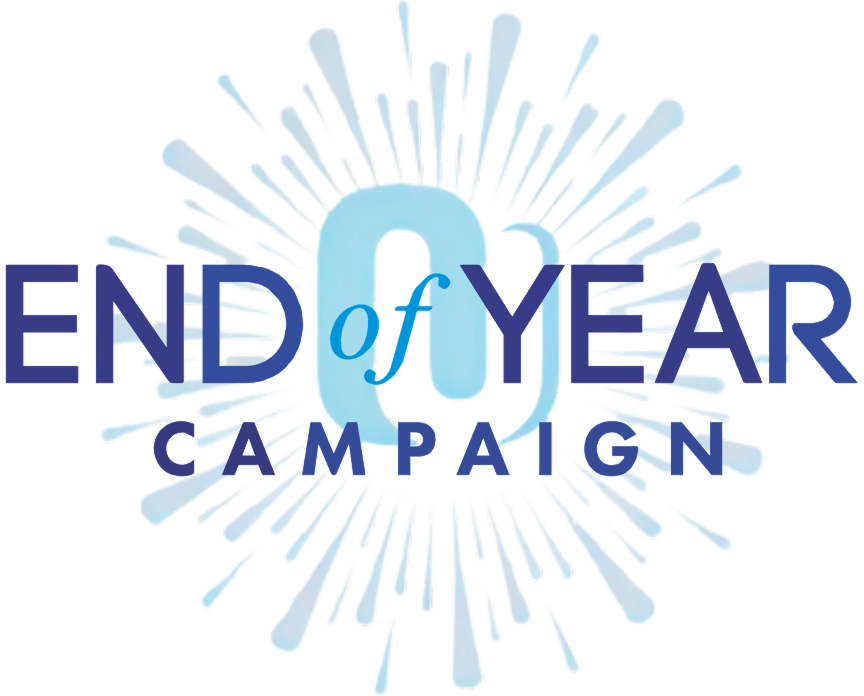
One of the phone calls I received at home, in Jerusalem, erev Rosh Hashanah, was from our cousin Clara. Like a camera, our conversation captured bygone years, and revitalized familial ties. In addition to the usual New Year greetings, Clara had another reason for calling.
“I received a phone call last night from a woman named Nomi. She was seeking information about her great uncle”. Clara said.
“Nomi’s husband is a collector, mainly picture postcards sent from Palestine in the early part of the last century. Whenever Nomi and her husband Yossie travel, he looks for picture postcards. Three years ago, in a shop in Vienna, Yossie purchased an old postcard to add to his collection. That particular card was especially interesting because it was sent by someone in Hebron, to a cousin in Kovna, penned in Hebrew script.”
“Who was the postcard from?” I asked Clara, rushing to get to the end of the story. Clara took her time.
“Apparently the postcard does not have a postmark, so Yossie assumes it was sent, either inside an envelope, or the sender gave it to someone to deliver personally. Strangely, the postcard was addressed in Hebrew, to Tzila Chatzkelevich, Shidrot Hachofesh mispar mem bet, (Freedom boulevard number 42,) Kovna.
Clara then described Yossie as a “prolific writer, an editor of an Israeli publication who served previously as a Knesset Member. His varied interests include historical material especially referring to Eretz Yisrael. Researching for an article about the Eliyahu Brothers who were the leading producers of Eretz Yisraeli picture postcards during the early part of the last century, Yossie remembered a postcard he purchased in Vienna and thought it might be suitable for illustrating the story he was editing. He searched, and found the card stored among numerous collected items.”
“Have a look Nomi,” he said to his wife. “This postcard is even better suited than what I remember at the time I bought it.”

Nomi read the postcard, written in Adar 5675, (March 1925), which included Mazel Tov greetings to a woman named Tzila upon her marriage to Dr. Ben Tzion Chatzkelevitch. The card held Nomi’s attention until she felt her fingers beginning to tremble.
“Yossie”, she cried, “Ben Tzion Chatzkelevitch! He was my grandmother’s brother, married originally to a woman named Tzila! She perished in the camps with their four children! Uncle Bentzie survived the war, he came to Israel, and he was even at our wedding!”
Keyed up, Nomi tried to find someone who might still be alive that remembered Tzila, and could verify that this postcard was really written to her uncle’s bride.
Nomi searched Yad Vashem’s archives, and she found Clara’s name and telephone number listed among those that had given testimony about people who perished in the holocaust. Clara confirmed Tzila’s identity.
“Not only was Tzila my mother’s sister, married to Ben Tzion”, Clara told Nomi,
“But I knew the relative who wrote that postcard. I met him when we immigrated to Israel. His children live in Jerusalem, and they have a collection of memorabilia from the days when their father, my cousin, Rabbi Dov Zvi Heiman studied at the Hebron Yeshiva.”
I was stunned by Clara’s narrative. “You mean to say that postcard was written by my father-in-law?” I asked.
“Yes, that’s correct! He sent that postcard to my aunt when she married Nomi’s great uncle.”
Yossie contacted us, and after Rosh Hashanah, he and Nomi visited. The New Year dispersed old memories of villages that no longer exist, of people who lived and died, millions of them murdered — others that survived and tried to rebuild their broken lives. Picture postcards of Hebron Yeshiva students in the 1920’s posed in smart white suits were pulled from old albums, along with Yiddish letters difficult to read. Our living room was inundated with stories and photographs from another century, left behind by my father-in-law z”l. The most ironic, was the realization that when he returned to live in Israel in 1971, after over forty years in Minneapolis and Baltimore, the first apartment my father-in-law rented in our neighborhood belonged to Yossie’s brother.
We tried to understand, to find meaning in the strange round of seemingly coincidental events that brought us together at the start of the New Year.
“Od Yishama b’arei Yehuda u’vchutzot Yerushalayim — once again will there be heard in the cities of Judah, and the streets of Jerusalem”, is the opening line of the postcard, followed by, L’mazkeret netzach, an everlasting keepsake. All in Hebrew, in my father-in-law’s characteristic handwritten style.
The wise Kohelet understood, “Dor holech v’dor ba”. One generation departs and another emerges. Yet words, written words, appear everlasting, particularly when pictured and published 83 years later. Unlike people, genuine handwritten compositions often grow more precious and meaningful with age.
The desired norm in a writer’s lifetime is to see creative works printed and posted, although sometimes it is the chance detail, oddly engraved, for which one is remembered.
The words of this author reflect his/her own opinions and do not necessarily represent the official position of the Orthodox Union.

